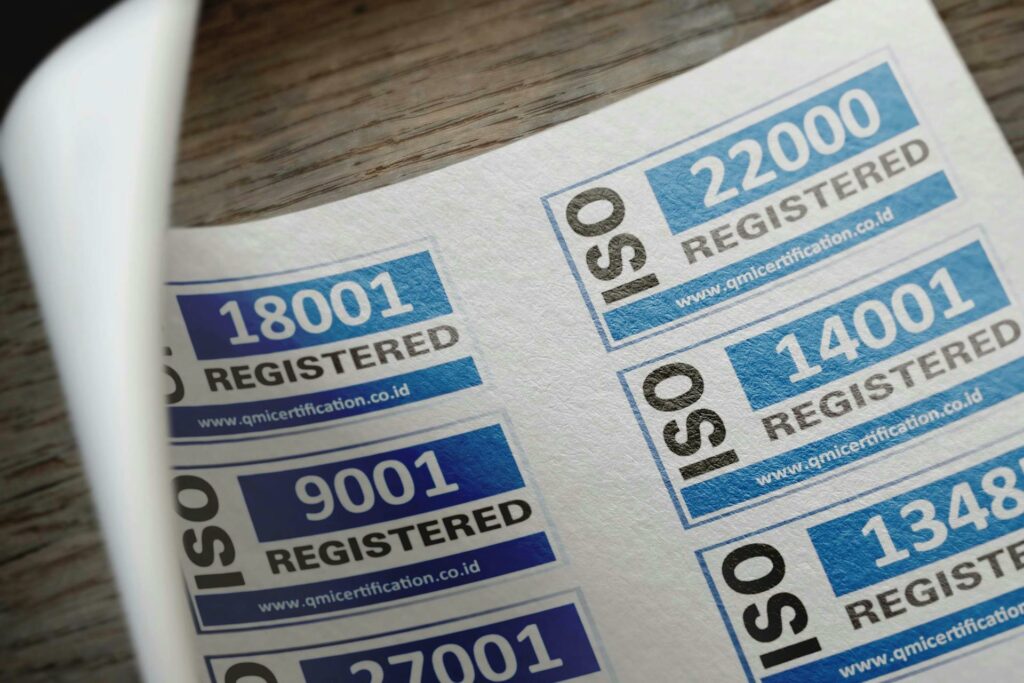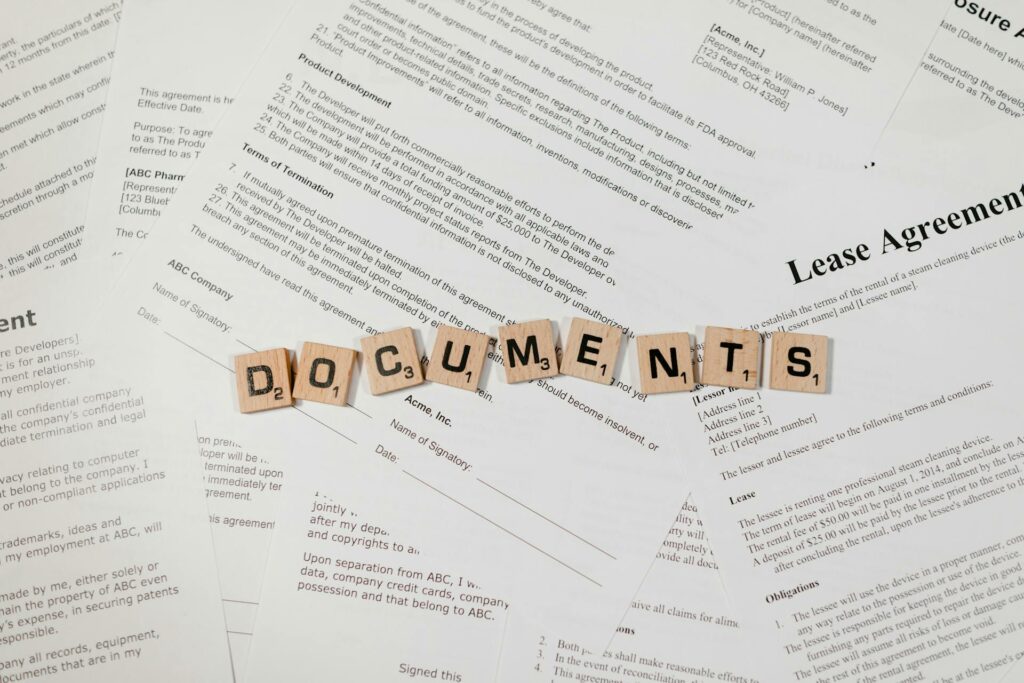How to Simplify Regulatory Compliance Processes for SMEs
Navigating the complex world of regulatory compliance can be a daunting task for small and medium-sized enterprises (SMEs). With limited resources and expertise, many SMEs struggle to keep up with ever-evolving regulations, which can lead to costly penalties and reputational damage. However, simplifying compliance processes is not only possible but essential for sustainable growth. In this article, we’ll explore practical strategies and tools that can help SMEs streamline their regulatory compliance efforts, making it easier to focus on core business activities.
Understanding the Compliance Landscape
Regulatory compliance encompasses a wide range of laws and regulations that businesses must adhere to, including tax laws, data protection regulations, health and safety standards, and industry-specific requirements. For SMEs, the challenge lies in managing these obligations effectively while balancing day-to-day operations.
Advice: Start by conducting a thorough assessment of your compliance obligations. Identify which regulations apply to your business based on your industry, location, and operational activities.

1. Leverage Technology Solutions
One of the most effective ways to simplify regulatory compliance is by leveraging technology. Various software solutions can automate compliance-related tasks, reducing the administrative burden on your team.
Example: Compliance management software like ComplyAdvantage or iComply can help SMEs track regulatory changes, manage documentation, and automate reporting processes. These tools provide real-time updates on regulatory requirements, ensuring that businesses stay compliant without constant manual oversight.
Tip: Invest in user-friendly software that integrates seamlessly with your existing systems. This will minimize disruptions during implementation and encourage team adoption.
2. Automate Routine Tasks
Automation can significantly reduce the time and effort required for compliance tasks. By automating routine processes such as data collection, document management, and reporting, SMEs can free up valuable resources to focus on strategic initiatives.
Advice: Consider using tools like QuickBooks for financial reporting or DocuSign for electronic signatures to streamline processes. Automation reduces the risk of human error and enhances accuracy in compliance-related activities.
Personal Anecdote: At a previous job in a small retail business, we implemented an automated payroll system that ensured timely tax filings and accurate record-keeping. This change not only saved us hours each month but also eliminated the stress of manual calculations during tax season.
3. Implement Regular Training
Ensuring that employees are well-informed about compliance requirements is crucial for maintaining adherence to regulations. Regular training sessions can help staff understand their responsibilities and stay updated on any changes in the regulatory landscape.
Tip: Use e-learning platforms to deliver cost-effective training programs tailored to your industry’s specific compliance needs. This approach allows employees to learn at their own pace while ensuring they grasp essential concepts.
Example: A healthcare SME organized quarterly training sessions on HIPAA compliance for its staff. By reinforcing these principles regularly, they were able to maintain high standards of patient privacy and avoid potential violations.

4. Create a Compliance Checklist
Developing a comprehensive compliance checklist can help SMEs systematically address their regulatory obligations. This checklist should outline all relevant regulations, deadlines, and responsible parties.
Advice: Regularly review and update your checklist to reflect changes in regulations or business operations. Share this document with your team to ensure everyone is aware of their responsibilities.
Example: A manufacturing company created a compliance checklist that included safety inspections, environmental regulations, and employee training requirements. This structured approach helped them stay organized and ensured that nothing fell through the cracks.
5. Engage External Experts
For many SMEs, navigating complex regulatory requirements can be overwhelming. Engaging external experts—such as legal advisors or compliance consultants—can provide valuable guidance and support.
Tip: Consider hiring consultants who specialize in your industry’s regulatory landscape. They can offer insights into best practices and help you develop tailored compliance strategies.
Personal Anecdote: When my team was preparing for an audit at a previous organization, we brought in an external consultant with expertise in regulatory compliance. Their guidance helped us identify potential issues before the audit, ultimately leading to a successful outcome with no penalties.

6. Foster a Culture of Compliance
Creating a culture of compliance within your organization is essential for long-term success. Encourage open communication about regulatory challenges and empower employees to take ownership of their roles in maintaining compliance.
Advice: Recognize and reward employees who demonstrate a commitment to compliance practices. This positive reinforcement fosters engagement and encourages others to prioritize adherence as well.
Example: A tech startup implemented a “Compliance Champion” program where employees could volunteer to lead training sessions or share best practices within their teams. This initiative not only increased awareness but also created a sense of collective responsibility toward compliance efforts.
7. Monitor Regulatory Changes
Regulations are constantly evolving; therefore, staying informed about changes is critical for maintaining compliance. Regularly monitor updates from relevant regulatory bodies or industry associations.
Tip: Subscribe to newsletters or join professional organizations that provide insights into regulatory developments affecting your industry.
Example: A financial services SME subscribed to updates from the Financial Industry Regulatory Authority (FINRA) to stay informed about changes in regulations impacting their operations. This proactive approach allowed them to adapt quickly without facing penalties for non-compliance.

Conclusion
Simplifying regulatory compliance processes is essential for SMEs aiming for sustainable growth in today’s complex business environment. By leveraging technology solutions, automating routine tasks, implementing regular training, creating comprehensive checklists, engaging external experts, fostering a culture of compliance, and monitoring regulatory changes, organizations can navigate the challenges of compliance more effectively.
As you embark on this journey toward simplified compliance processes, remember that proactive planning is key. By investing time and resources into developing a robust compliance strategy now, you’ll set your organization up for success in the future—allowing you to focus on what you do best: growing your business!